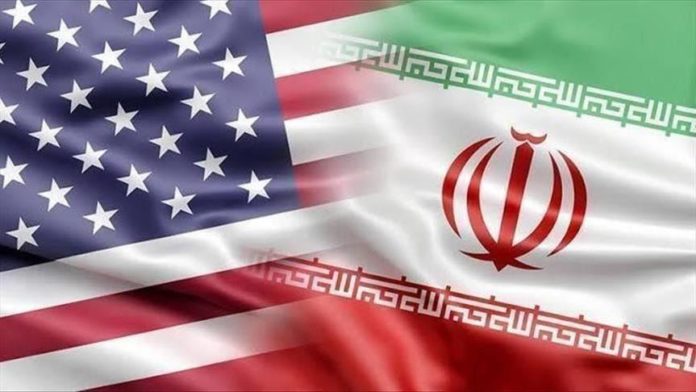In 1962, you could not have found two more diametrically opposed leaders than John F. Kennedy and Nikita Khrushchev. And yet, despite their significant differences in politics, economies and culture, they found a way to prevent war on a global scale. History may very well show that the United States and the Iran have shown similar restraint in the past months.
The 13 day tense stand-off between the United States and Soviet Union ended in October 1962 after both sides gave the other a way out the opportunity to save face without going to war. When Kennedy ordered a naval blockade around Cuba, Khrushchev agreed to remove Soviet missiles from Cuba if Kennedy would secretively remove U.S. missiles from Turkey. If Kennedy had ordered a major strike on the Soviet missiles in Cuba or Khrushchev had not turned his fleet around when it met the American blockade, we may be living in a very different world today.
The results of the Cuban Missile Crisis included an understanding by the U.S. and Soviet Union that both nations were willing to risk internal political support for the greater good of preventing a war. Additionally, lines of communications including the development of a hotline between the two leaders was developed.
Despite the wild rhetoric surrounding decisions made by Iran and the United States in the past months, both sides have shown a degree of restraint that history will likely show to have prevented major conflict and significant loss of life. The United States did not overreact to the temporary capture of U.S. sailors who strayed into Iranian waters, even when they ought to have been simply escorted out of territorial waters by the Iranians. Nor did the U.S. respond aggressively when its drone was shot down, when international tankers were attacked or when the U.S. Embassy was threatened resulting in the death of a civilian contractor. The United States did act by killing a designated terrorist and leader of the force responsible for the deaths of many Americans over the past decades including the development of explosively formed penetrators (EFPs), which killed many American service personnel in Iraq. In response, instead of escalating tensions directly, Iran fired missiles into the desert minimally damaging one base rather than targeting American soldiers on two remote bases in Iraq.
Today, there exists a set of opportunities by the United States and Iran to move off the battlefield to the negotiating table. This can start quickly with a signed agreement between the United States and Iran known as the Incidents at Sea Agreement. This agreement was developed by the East West Institute and Search for Common Ground two years ago in quiet coordination between American and Iranian experts. It’s purpose was to ensure that a tactical mistake on, under or above the seas by either Iran or the United States does not result in a strategic-level misstep that could lead to hostilities. Additionally, there exists now an ideal diplomatic opportunity to re-address the very complicated Iranian nuclear non proliferation issues. The current American leadership deemed the previous administration’s Joint Comprehensive Plan of Action (JCPOA) to be defective and insufficient in addressing ongoing Iranian advances in nuclear material enrichment, ballistic missile capabilities and in fielding nuclear weapons herein lies another opportunity for diplomatic engagement. An American and Iranian willingness to re-engage with NATO and European parties on moving beyond the previous JCPOA would certainly be a win/win for all parties.
The time to move to the next step of strategic patience and conflict prevention is now. In the meanwhile, let’s give both nations credit for not allowing this potential tragedy to spin out of control.
Contributed By:

Gen (R) Michael Moseley
The writer is retired as Chief of Staff US Air Force.





